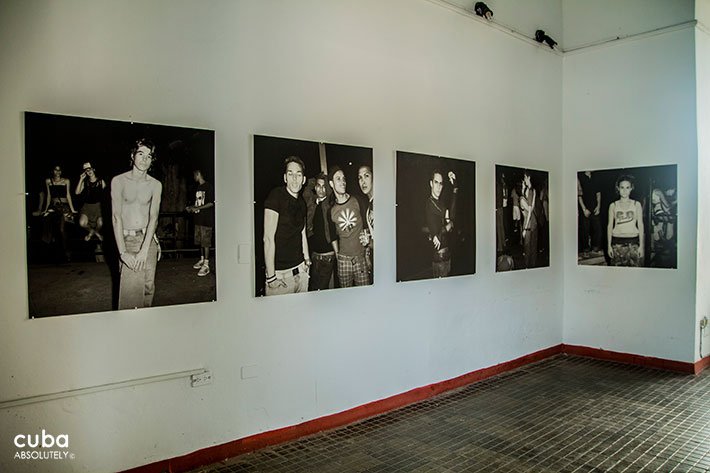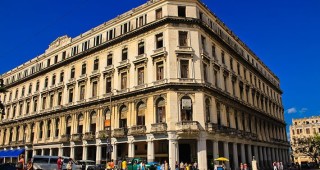 (+53)7862 - 2530
(+53)7862 - 2530
Inaugurated in 1986 to preserve, study and promote Cuba’s photographic heritage, Fototeca de Cuba, mid-way along the east side of the plaza, boasts the nation’s largest, most valuable collection of Cuban photographs as well as a considerable amount of documents related to the history of photography. Although its exhibit space is extremely modest, Fototeca—housed in the former Casa de Juan Mata—holds around 12 exhibitions a year in its two galleries. The ground floor Galería Joaquín Blez is mostly devoted to works by young neophyte photographers. Upstairs the Galería María Eugenia Haya exhibits works by established Cuban photographers as well as international figures.
The center also hosts a number of events, including lectures, classes, workshops and competitions aimed at promoting young photographers in Cuba and overseas, and to encouraging the development of national photography. Noviembre Fotográfico, an event promoted by this institution, occupies most of Havana’s exhibition rooms throughout November. The screening of photographs of the Fototeca’s collections on the walls of building in Plaza Vieja has become a very popular event during Noviembre Fotográfico.






 Colonial
Colonial








